Results 7,371 to 7,380 of 12094
Thread: Anandtech News
-
09-22-17, 07:12 PM #7371
Anandtech: Imagination Technologies to Be Acquired by Canyon Bridge for £550M; MIPS S
Late this evening Imagination Technologies has announced that they have finally agreed to a buy-out offer. After making noise last month as a potential suitor, Canyon Bridge has announced that they’re buying the struggling GPU firm for 550 million GBP. Meanwhile, as an annex to the deal, Imagination’s MIPS CPU division, which was separately on the market, is being sold to Tallwood Venture Capital for 65 million USD.
As this is a late breaking announcement, not a great deal is known about this deal at the moment. Imagination’s board of directors has reached an initial agreement with Canyon Bridge to sell the company for 182 pence a share, which works out to £550M for the entire company. This is of course contingent on the deal being approved by Imagination’s current shareholders, who are likely to approve the deal as it represents a 41% premium over Imagination’s current 129 pence share price. It is interesting to note however that this price is still well below the roughly 280 pence share price Imagination was trading at before the initial Apple GPU news broke.
As for Imagination’s buyer, Canyon Bridge, the company has not initially said what they intend to do with Imagination. However they have announced that they won’t be cutting any jobs after the acquisition, according to Reuters. The bigger challenge is likely to be getting the deal approved by regulatory authorities; Canyon Bridge has close ties to the Chinese government, and it was on these grounds last week that their acquisition of Lattice Semiconductor was blocked by the US government. In this case the principle authority impacting the deal will be UK authorities.
MIPS Sold to Tallwood for $65 Million
Meanwhile, as a condition of the Canyon Bridge acquisition, Imagination has also finalized their plans for selling off their MIPS business. That business will be sold to Tallwood Venture Capital of California for $65 million. As Imagination initially acquired MIPS for $100M in 2012, this means that the value of the business unit has dropped $35M/35% over the past 5 years. There’s no immediate word on what Tallwood will be doing with MIPS, however it’s notable that the company’s investment portfolio includes a large number of technology companies that were then acquired by bigger players. So it may be that Tallwood intends to rehabilitate MIPS for a future sale.
Politically, selling off the MIPS business also removes a potential US hurdle to the acquisition, as while Imagination was a UK company, the MIPS business operated outside of the US. By selling off MIPS to a US group, the deal is now primarily about Imagination’s GPU business in the UK, which would help Canyon Bridge avoid having another deal blocked by the US government.
End of One Saga, Start of Another
The announcement of an acquisition agreement all but puts an end to an interesting and somewhat tumultuous odyssey for Imagination over the last 6 months. The long-time supplier of GPU technology for Apple’s A-series SoCs found themselves in a pinch in April of this year after Apple informed them that they were going to develop their own GPU, ceasing their use of Imagination’s IP and tapering off royalty payments accordingly. As Apple represented a full half of Imagination’s revenue in the 2015/2016 period, the loss of their biggest customer immediately put Imagination into a bind, as it was clear that Imagination would need to make some significant changes in order to adapt to the loss of Apple’s royalty payments.
The end result was that the company embarked on two major changes. The first being that the company would double down on the GPU business, transitioning from a varied provider of processor IP and focusing almost exclusively on GPUs, video encoders, and other visual processors. In order to achieve that, the company would sell off its MIPS CPU and communications businesses. Eventually the company also opted to put itself up for sale, courting buyers from both the technology and investment communities. Crucially, along with buying the company itself, its employees, and its GPU technology, the buyer would also essentially be buying the opportunity to sue Apple over IP violations with their custom GPU, if they decide to take Imagination’s original complaints against Apple all the way.
More...
-
09-25-17, 01:39 AM #7372
Anandtech: Intel Announces 8th Generation Core "Coffee Lake" Desktop Processors: Six-
In an unusual set of circumstances (ed: someone couldn't follow a simple embargo), this evening Intel is officially announcing its 8th Generation desktop CPU lineup, codenamed Coffee Lake. We’ve already seen part of the 8th Generation announced – the "Kaby Lake Refresh" based mobile parts – which included a bump in core counts for some of the formerly dual-core U-series processors, upgrading them to quad-core processors with HyperThreading. Meanwhile on the desktop side, there’s been some news that’s already found its way out, and as usual, some rumors as well. But tonight, Intel is finally and officially taking the wraps off of their latest lineup of desktop CPUs, along with the associated Z370 chipset.
Although there’s a lot of new enhancements coming to the party, arguably the biggest one for most people is that Intel has finally expanded the core counts across the range, which is something they’ve not done on non HEDT systems since they originally went to quad-cores with the Core 2 Extreme QX6700, way back in 2006. If you wanted more Intel cores than four previous to now, you’d have to move to HEDT, but no longer. Core i7 is moving to six cores with HyperThreading, Core i5 is moving to six cores, and Core i3 is moving to four cores.
If you’ve got workloads that can handle more threads, the latest Coffee Lake parts should provide a significant boost in performance. We’ll have to wait for the full review to see how much of an increase this provides, but Intel is saying up to 25% more FPS and 45% better performance when “mega-tasking” compared to the Core i7-7700K. Those are fairly bold claims, so we’ll have to see how they make out, but it would not be out of the realm of possibility, especially on the “mega-tasking” where Intel is talking about gaming, plus streaming, plus recording of PlayerUnknown’s Battlegrounds, compared to the quad-core i7-7700K.Basic Specifications of Intel Core i5/i7 Desktop CPUs 7th Generation 8th Generation CPU Cores Freq.
(Base)Freq.
(Boost)L3 TDP CPU Cores Freq.
(Base)Freq.
(Boost)L3 TDP i7-7700K
($305)4/8 4.2GHz 4.5GHz 8 MB 91W i7-8700K
($359)6/12 3.8GHz 4.7GHz 12MB 95W i7-7700
($272)3.6GHz 4.2GHz 65W i7-8700
($303)3.2GHz 4.6GHz 65W i5-7600K
($217)4/4 3.8GHz 4.2GHz 6 MB 91W i5-8600K
($257)6/6 3.6GHz 4.3GHz 9 MB 95W i5-7400
($170)3.0GHz 3.5GHz 65W i5-8400
($182)2.8GHz 4.0GHz 65W i3-7350K
($157)2/4 4.2GHz NA 4 MB 60W i3-8350K
($168)4/4 4.0GHz N/A 6MB 91W i3-7100
($109)3.9GHz NA 51W i3-8100
($117)3.6GHz N/A 65W
Nothing comes for free, of course, and the extra cores on the i7-8700K do push the base frequency down 500 MHz from the Kaby Lake i7-7700K, although the boost frequency is 200 MHz higher. The latter is particularly interesting, as Intel isn't using "favored cores" ala Turbo Boost Max 3.0 here. Instead, these are typical Turbo Boost 2.0 frequencies, which is to say that each and every core needs to be capable of hitting these published clockspeeds. Or put another way, if you throw TDP limits into the wind, turning on a motherboard's multi-core enhancement (or equivalent) should get you a true 4.7GHz 6-core CPU without any real overclocking. Similarly, I strongly suspect that the lower base clock is for TDP reasons, as Intel has only increased the official TDPs from 91W for the high-end 7th Gen CPUs to 95W for the 8th Gen CPUs.
Suffice it to say then, Intel is aiming for high performance levels here. This isn't something that's going to touch Intel's HEDT Skylake-X family of CPUs in heavily multi-threaded workloads simply by virtue of lower TDPs and fewer cores – though the i7-7800X has just become redundant – but instead the new hex core models in particular are going to offer Intel's fastest single-threaded performance to date, coupled with an increased number of cores. So high-end buyers will find themselves picking between fast Coffee Lake hexes, somewhat lower ST performance Skylake-X processors with 8+ cores, and of course AMD's Ryzen lineup, which has lower ST performance still, but at the high-end offers 8 to 16 Zen cores.
The downside for Intel mainstream CPU users through all of this is that prices are going up. Intel's published prices for these new processors are notably higher than their 7th Gen counterparts, especially for the high performance K models. Whereas the list price for a 7700K was $305, it's $359 for an 8800K, a $54 (18%) jump. Similarly, a top-end i5 has gone from $217 for the 7600K to $257 for the $8600K, a $40 (18%) price increase. The price increases for the non-K processors are lower – just $31 for the 8700 non-K, for example – but overall the entire generation is more expensive across the board. And keep in mind that these prices are per chip in a 1000 unit order; actual retail prices will be several percent higher still. So don't be surprised to see the 8700K closing in on $400 at retail.
Meanwhile, along with the new Coffee Lake CPUs, Intel is also announcing a new chipset to support said CPUs: Z370. Intel's specifications for motherboards require improved power delivery over the previous models, to support the higher demands of more cores. They also support DDR4-2666 memory officially now. Curiously, the slides from Intel show integrated Thunderbolt 3, which would make a lot of sense since Intel wants to promote their own standard; however the company was unable to let us know if any extra silicon would be required to enabled Thunderbolt 3 after the chipset, which was the case with the Z270. Most likely it will be, as Thunderbolt's high speeds require transceivers/redrivers close to the ports. Intel did however clarify that HDMI 2.0a will still require an extra LSPCon (Level Shifter - Protocol Converter) in the DP 1.2 path.
Intel is also promoting its Optane Memory, which is the cache version of their Optane brand. This isn’t new, and we’ve even had a chance to try out Optane Memory earlier this year. The numbers Intel quotes though are compared to an older system with a mechanical hard drive, and while Optane Memory will certainly help out there, so will moving to SSDs for your storage.
Intel is also touting the overclocking capabilities of the latest processors, which feature per-core overclocking, and other enhancements to let the end-user squeeze the last ounce of performance out of their purchase. Personally, I’m not into overclocking, so I’ll leave this section to Ian for the review.
It's hard to imagine that Intel’s Coffee Lake is quite what the company wanted to offer when drawing up their plans a couple of years ago. But with increased competition, OEMs who prefer a regular cadence they can match their own product lineups to, and most importantly the well-published delays in getting their cutting-edge 10nm manufacturing process up to par, Intel has had to stick with 14nm again. However the upshot of this is that Coffee Lake is the first CPU family coming out of Intel built on their updated 14++ process, so while it remains to be seen just how good 14++ really is, under the hood Coffee Lake is going to be at least a little bit more than just a bump in the CPU core counts.
Speaking of cores, Intel has also confirmed that relative to Kaby Lake, Coffee Lake still retains the same CPU and GPU architectures; Intel isn't rolling out any new architectural designs here. This means we're talking about Skylake CPU cores coupled with Kaby Lake GPU cores, though with what I imagine will be higher clockspeeds on the latter as well. So while Coffee Lake won't completely upend Intel's CPU stack – and this is why Intel isn't committing a massive faux pas by mixing Kaby Lake Refresh with Coffee Lake under the 8th Gen banner – a 50-100% increase in cores is hard to be upset about. The increased performance, especially in multi-threaded workloads, should help Intel in the desktop space, which is the one space where they have actual competition right now.
Gallery: Intel Coffee Lake Reveal Slide Deck





Source: Intel
More...
-
09-25-17, 03:13 AM #7373
Anandtech: The Intel Core i9-7980XE and Core i9-7960X CPU Review Part 1: Workstation
The buzz since Intel announced it was bringing an 18-core CPU to the consumer market has been palpable: users are anticipating this to be Intel’s best performing processor, and want to see it up against the 16-core AMD Threadripper (even at twice the cost). Intel is the incumbent: it has the legacy, the deep claws in software optimization, and the R&D clout to crush the red rival. However, a jump as large as this, moving from 10-core to 18-core in consumer, is a step Intel has been reluctant to make in the past. In this first analysis, we’ve run a few tests on the new 18-core (and 16-core) from Intel to find out the lie of the land.
More...
-
09-25-17, 08:15 AM #7374
Anandtech: Chuwi Announces The LapBook Air: For Preorder Now
Although they are a relatively small company, Chuwi has been impressing me with low cost-notebooks, that don’t have all of the normal drawbacks of low-cost notebooks. That isn’t the case across their entire lineup, but the LapBook 14.1, and the LapBook 12.3, are both great devices in their class, and are easy to recommend. Chuwi is now trying climb the price ladder a bit with their latest LapBook Air, which is available for preorder now for $430 USD.
The latest LapBook is both thinner, and lighter, than previous models. The new 14-inch notebook is a thin design that Chuwi has stated to me to be 6mm. That’s likely the thinnest point though. The laptop weighs 1.3 kg, or 2.87 lbs, which is pretty light for a 14-inch laptop. It’s also completely made out of aluminum, so it should feel pretty nice to use.
Chuwi has stuck with the same platform they are using in most of their recent LapBook models, which is the Intel Celeron N3450. This is an Atom based CPU, with four cores, and up to 2.2 GHz frequency. It’s based on the latest Atom, which is Goldmont (not Glodmont as Chuwi has in their images) and our reviews of it show that it can make for a laptop that can easily handle day to day tasks.
Chuwi has increased the RAM in the LapBook Air, compared to their other models, to 8 GB, and they’ve also doubled the storage from the 64 GB in other LapBook models, to 128 GB, which they are calling an SSD. I hope that’s the case, because everything else they ship is eMMC. Regardless, 128 GB is a reasonable amount for a low-end system, and should be adequate for most people. If you do need more space, there’s a M.2 2242 slot on the bottom which can handle a SATA SSD, and there’s a micro SD slot as well.
Chuwi is touting the display calibre on the LapBook Air. The IPS display is 1920x1080, and is rated for 320 nits of brightness, which isn’t amazing but should be ok for most use cases. It’s a matte texture, which will please some people and annoy others. The display also features thin bezels, much like the LapBook 14.1.
Chuwi has finally added keyboard backlighting as well, which has always been missing in their less expensive models. Hopefully they’ve fixed their terrible trackpad as well, but we’ll have to see when we get our hands on this device.
As a news pipeline, it’s likely not the time or place to discuss Chuwi as a brand, but here are two thoughts. First, they need to stop trying to steal other brands names if they ever want to be taken seriously. Second, if they are going to keep creeping up the price of their LapBook models, the Atom platform isn’t going to cut it for much longer. At $430, it’s already getting to the point where it’s hard to find an Atom powered Celeron acceptable.
Still, it’s nice to see them improving their products. The LapBook Air looks like a nice device, and I’m excited to check it out. Where they’ve made their mark though is the low end of the market, and it was ripe for someone to come along and offer a good device for the money. Once they get up into higher price brackets, the competition gets a lot tougher.
Buy Chuwi LapBook Air on Amazon.com
Source: Chuwi
More...
-
09-26-17, 08:43 AM #7375
Anandtech: The ASRock Fatal1ty X299 Professional Gaming i9 Motherboard Review
All of the main motherboard vendors have launched a long list of X299 motherboards, aiming from budget to premium users. ASRock has been involved in the melee, with all their product segments providing products to support Intel's Skylake-X and Kaby Lake-X processors. The gaming line is still under the Fatal1ty naming scheme, featuring a vibrant red motif, and at the top of that stack is the $390 ASRock Fatal1ty X299 Professional Gaming i9 motherboard. It touts a 13 phase power delivery, SLI and Crossfire capabilities, and the latest connectivity. ASRock is aiming for a mid-to-high range board to satisfy a wide range of users here. We take it for a spin for this review.
More...
-
09-26-17, 09:52 AM #7376
Anandtech: NVIDIA Gives Xavier Status Update & Announces TensorRT 3 at GTC China 2017
Earlier today at a keynote presentation for their GPU Technology Conference (GTC) China 2017, NVIDIA’s CEO Jen-Hsun Huang disclosed a few updated details of the upcoming Xavier ARM SoC. Xavier, as you may or may not recall with NVIDIA current codename bingo, is the company's next-generation SoC.
Essentially the successor to the Tegra family, Xavier is planned to serve several markets. Chief among these is of course automotive, where NVIDIA has seen increasing success as of late. However, similar to their talk at the primary GTC 2017, at GTC China NVIDIA is pitching Xavier as an “autonomous machine processor,” identifying markets beyond automotive such as drones and industrial robots, pushing a concept in line with NVIDIA’s Jetson endeavors. As a Volta-based successor to Tegra X2 (Parker), Xavier does include Volta’s Tensor cores, something that we noted earlier this year, and is thus more suitable than previous Tegras for the deep learning requirements in autonomous machines.
In today's GTC China keynote, Jen-Hsun revealed updated sampling dates for the new SoC, stating that Xavier would begin in Q1 2018 for select early development partners and Q3/Q4 2018 for the second wave of partners. This timeline actually represents a delay from the originally announced Q4 2017 sampling schedule, and in turn suggests that volume shipments are likely to be in 2019 rather than 2018.
Meanwhile on the software side of matters, Jen-Hsun also announced TensorRT 3, with a release candidate version immediately available as a free download for NVIDIA developer program members. Introduced under its current branding in 2016, A critical part of NVIDIA's neural networking software stack, TensorRT is programmable AI inference software that takes computational graphs created by traditional frameworks (e.g. Caffe, TensorFlow) and then compiles and optimizes it for NVIDIA CUDA hardware. At the moment, this includes the Tesla P4, Jetson TX2, Drive PX 2, NVIDIA DLA, and Tesla V100. During the keynote, NVIDIA also formally disclosed that a number of large Chinese companies (Alibaba, Baidu, Tencent, JD.com, and Hikvision) were now utilizing TensorRT.
More...
-
09-26-17, 11:12 PM #7377
Anandtech: NVIDIA Announces Middle-earth: Shadow of War Bundle for GTX 1080 & 1080 Ti
From today until October 16th (or while supplies last), NVIDIA is offering a Middle-Earth: Shadow of War bundle for GeForce GTX 1080 and 1080 Ti graphics cards, systems, and laptops. Branded as “Forge Your Army,” the bundle comes with a free Steam copy of Shadow of War that must be initially redeemed through GeForce Experience.
The much-anticipated sequel to Shadow of Mordor launches on October 10th. Its predecessor was known for punishingly intensive graphics, particularly with respect to VRAM consumption, and found itself in several of our benchmark suites. On that note, Shadow of War will come with an Ultra High Definition texture pack, much like Shadow of Mordor did.
Last month at GamesCom, NVIDIA and Shadow of War developer Monolith Productions also disclosed that Shadow of War will support Ansel at launch, and are working on HDR and SLI support as well.
The previous bundle (Destiny 2 for 1080 and 1080 Ti) ended September 5th, and so this is the only active NVIDIA promotional bundle. More details can be found at the main bundle page.
Codes must be redeemed through GeForce Experience (3.2.2 or higher), utilizing driver 373.06 or higher, on a desktop or notebook PC with the qualifying graphics card installed. Additional information about code redemption can be found on NVIDIA’s FAQ site. Be sure to verify the participation of any vendors purchased from as NVIDIA will not give codes for purchases made from non-participating sellers.NVIDIA Current Game Bundles
(9/26/17)Video Card
(incl. systems and laptops)Bundle GeForce GTX 1080Ti/1080 Middle-earth: Shadow of War Bundle GeForce GTX 1070 None GeForce GTX 1060/1050Ti/1050 None
More...
-
09-27-17, 10:12 AM #7378
Anandtech: Memory Scaling on Ryzen 7 with Team Group's Night Hawk RGB
A large number of column inches have been put towards describing and explaining AMD's new underlying scalable interconnect: the Infinity Fabric. A superset of HyperTransport, this interconnect is designed to enable both the CPUs and GPUs from AMD to communicate quickly, at high bandwidth, and with low power. One of the results of the implementation of Infinity Fabric on the processor side is that it runs at the frequency of the DRAM in the system, with a potential uplift in performance when using faster memory. The debate between enthusiasts, consumers and the general populous in regards to Ryzen's memory performance and has been an ever-raging topic since the AGESA 1.0.0.6 BIOS updates were introduced several weeks ago. We dedicated some time to test the effect of high-performance memory on Ryzen using Team Group's latest Night Hawk RGB memory.
More...
-
09-27-17, 05:25 PM #7379
Anandtech: ARRIS Announces 802.11ac Wave 2-capable SGB6950-AC2 & SBG7400-AC2 Cable Mo
ARRIS introduced two new Wave 2 Wi-Fi gateways to its Secure Home Gateway portfolio with its ARRIS SURFboard SBG6950-AC2 and SBG7400-AC2 gateways. The Secure Home Gateway series of devices merge the functionality of a DOCSIS 3.0 cable modem, 4-Port Gigabit Ethernet router, Ethernet hub, and dedicated security protection for any connected devices. The two devices promise multi-Gigabit Wi-Fi capability while the addition of the latest Wave 2 Wi-Fi technology in the Secure Home Gateway lineup allows more devices to share the increased bandwidth capabilities.
For those unfamiliar, Wave 2 technology was certified by the Wi-Fi Alliance in late June 2016 with enterprise-grade products coming to market before that time. Wave 2's marquee feature is MU-MIMO beamforming, to enable improved performance and network utilization with multiple connected devices. While Gigabit speeds over Wi-Fi were achieved with Wave 1 standard, Wave 2 has an increased PHY (physical) rate at 2.34 Gbps (Wave 1 maxed out at 1.3 Gbps). Other features include evolutionary speed improvements such as 160Mhz channels (Wave 1 was 20, 40, and 80Mhz), four spatial streams (up from 3) and extended 5 GHz channel support. Assuming the channels are set for Wi-Fi use, it will support more users and devices overall. While Wave 2 isn't brand new, devices are still coming out now supporting the new standard.
The two ARRIS gateways offer Wave 2 Next-Gen Wi-Fi to deliver maximum bandwidth and performance across connected devices. Download speeds of up to 1 Gbps and Wi-Fi speeds up to 2350 Mbps are possible with SBG7400-AC2 and its 24x8 channel setup, while the SBG6950-AC supports 686 Mbps and Wi-Fi speeds up to 1900 Mbps through a 16x4 channel setup. Both gateways allow for up to 4 wired devices through the ethernet ports on the back.
With security such a paramount concern these days, both devices utilize ARRIS Secure Home Internet by McAfee to help keep all the connected items on your network safe from malware and phishing scams. The included software is free for 3 years, includes a mobile app, parental controls by user profiles, instant alerts of suspicious activity, and is able to manage your network remotely. The gateways themselves carry a 2-year warranty.
The devices are said to be compatible with major US cable providers including XFINITY, Cox, Charter, and Many others. Please contact your cable internet provider to confirm device compatibility. The SBG6950-AC2 is available now at major retailers for $179.99, while the SBG7400-AC2 is $199.99 and available both online at Amazon and other major retailers.
Related Reading:
- ASRock's X10 IoT Router Now Available: 802.11ac, GbE, ZigBee, and IR
- Netgear Launches Nighthawk X4S AC3200 DOCSIS 3.1 Cable Modem Router
- Qualcom Announces Mesh Networking Wi-Fi Router Reference Design with IoT Functionality
More...
-
09-28-17, 06:29 AM #7380
Anandtech: AMD Releases Radeon Software Crimson ReLive Edition 17.9.3
Today, AMD has released Radeon Software Crimson ReLive Edition 17.9.3, less than a week after 17.9.2, which brought official 2-way multi-GPU (mGPU) support for RX Vega. This update brings support for Total War: Warhammer II ahead of tomorrow’s launch, as well as support for Forza Motorsport 7. In addition, 17.9.3 includes RX Vega and mGPU specific bug fixes.
To recap the current CrossFire branding situation, in later statements to PCWorld, AMD has disclosed that they “moved away from the CrossFire tag for multi-GPU gaming,” describing CrossFire and CrossFire profiles as technically DX9/DX11-only as opposed to DX12 applications requiring explicit mGPU support. Going forward, mGPU will be the terminology of choice. On top of that, AMD officially confirmed that they will not be supporting RX Vega mGPU configurations of more than 2 cards, matching a position that NVIDIA took earlier in regards to deprecating 3+ SLI configuration support for Pascal-based cards.
Returning to mGPU support in Radeon Software 17.9.3, AMD has added mGPU support for Total War: Warhammer II, as well as a Radeon Chill profile for the game. For bug fixes, ReLive will no longer cause secondary RX Vega cards in mGPU configurations to idle at higher clocks on certain AMD Ryzen based systems. 17.9.3 also resolves negative RX 580 mGPU scaling in F1 2017. Lastly, AMD has fixed issues where the Enhanced Sync option was missing in Radeon Settings for RX Vega cards.
The updated drivers for AMD’s desktop, mobile, and integrated GPUs are available through the Radeon Settings tab or online at the AMD driver download page. More information on this update and further issues can be found in the Radeon Software Crimson ReLive Edition 17.9.3 release notes.
More...
Thread Information
Users Browsing this Thread
There are currently 31 users browsing this thread. (0 members and 31 guests)





 Quote
Quote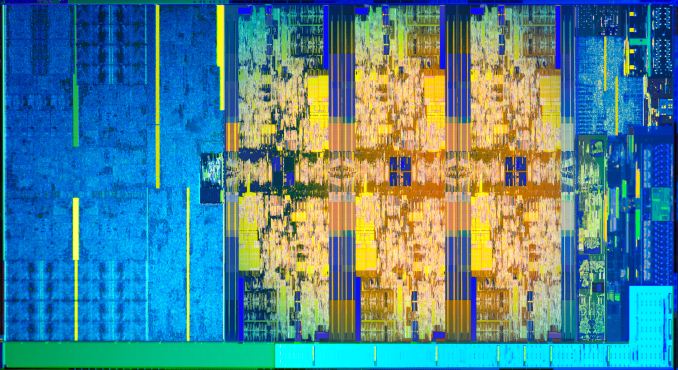
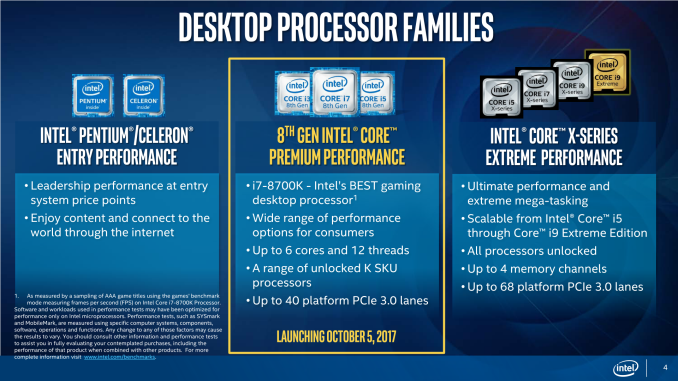
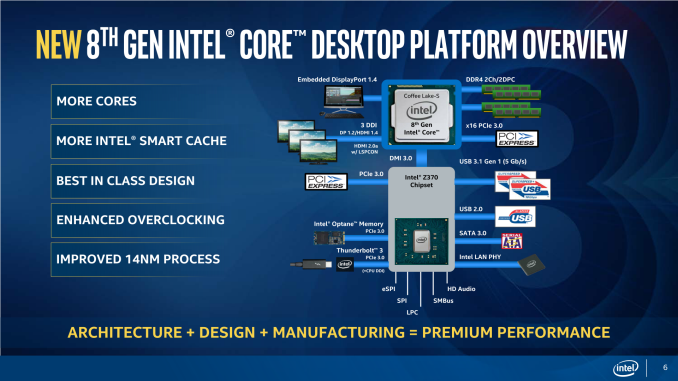
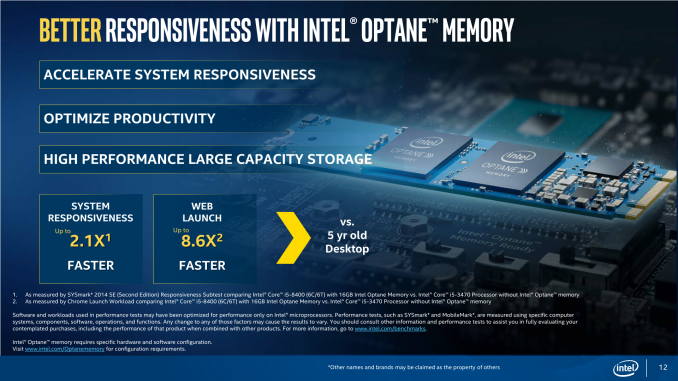
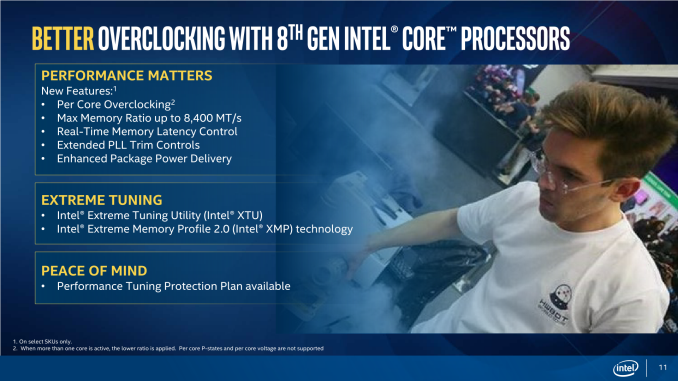
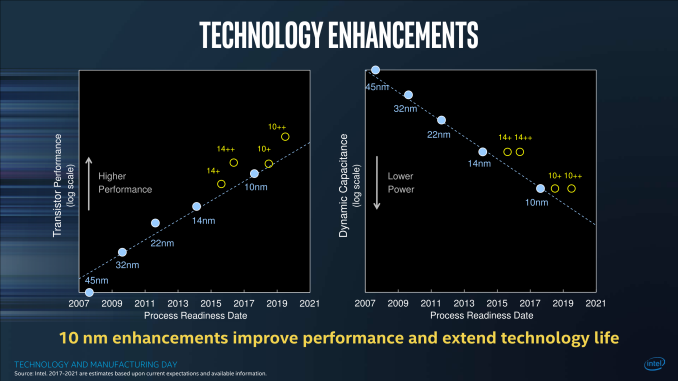
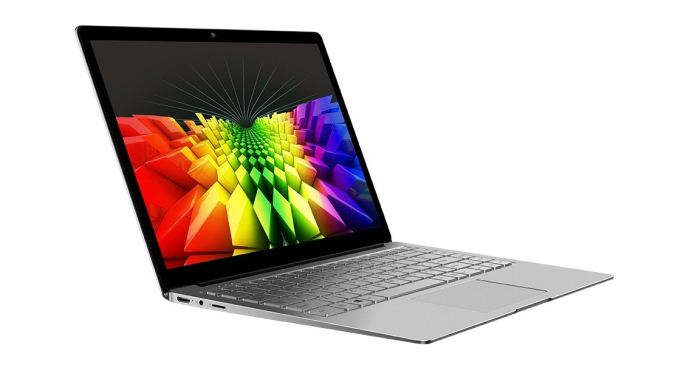
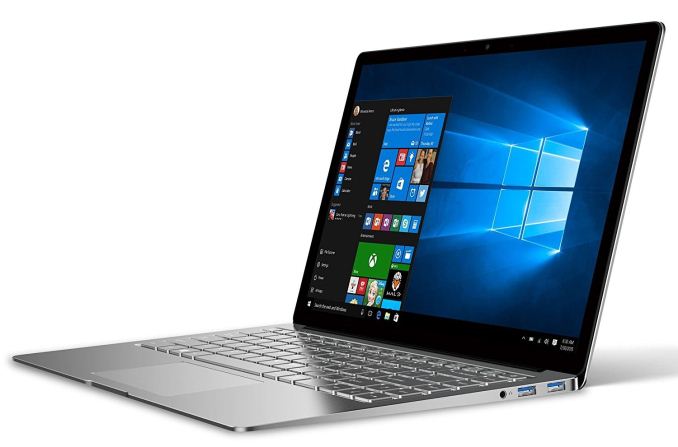
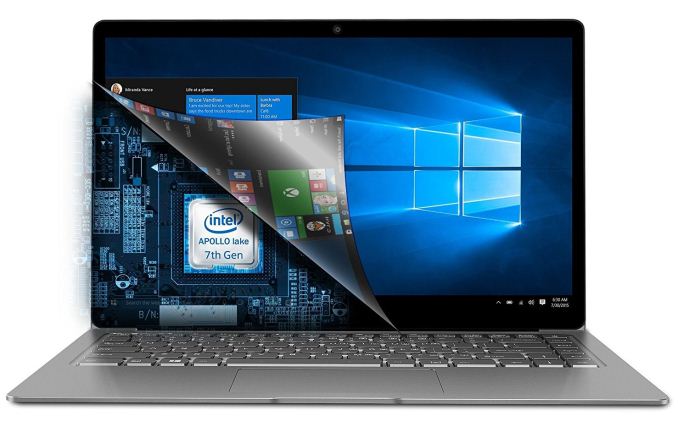


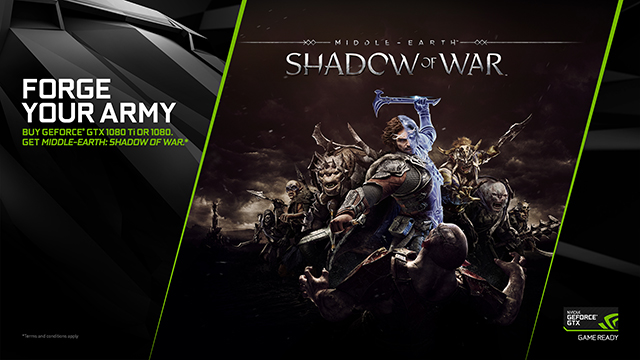
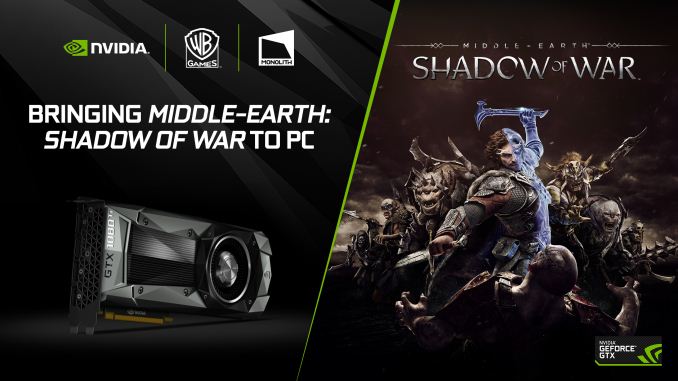

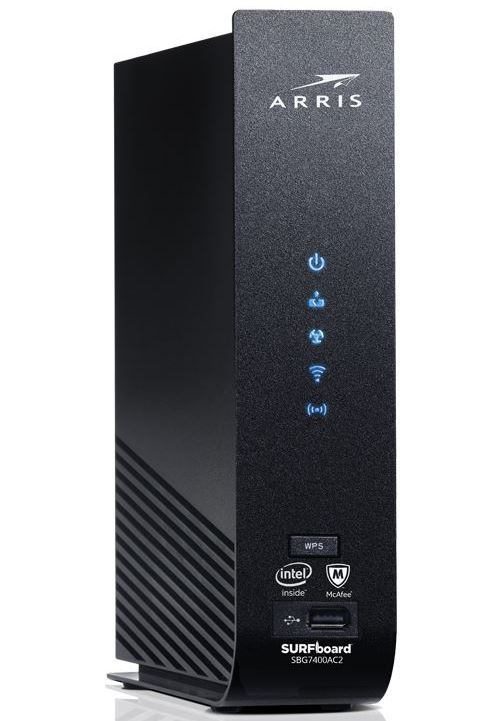
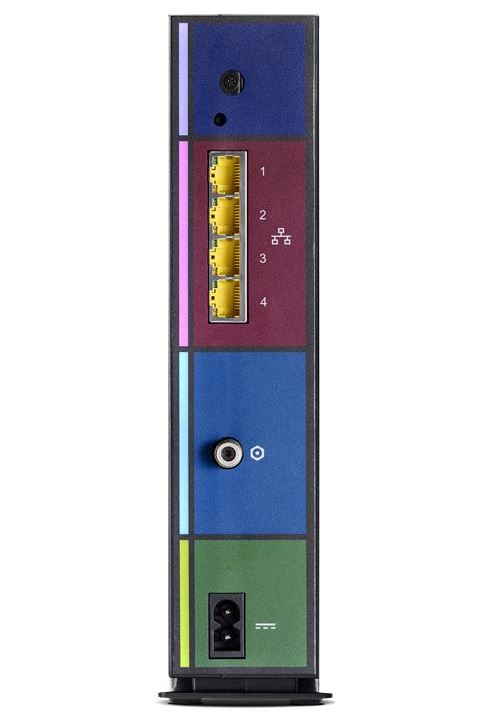
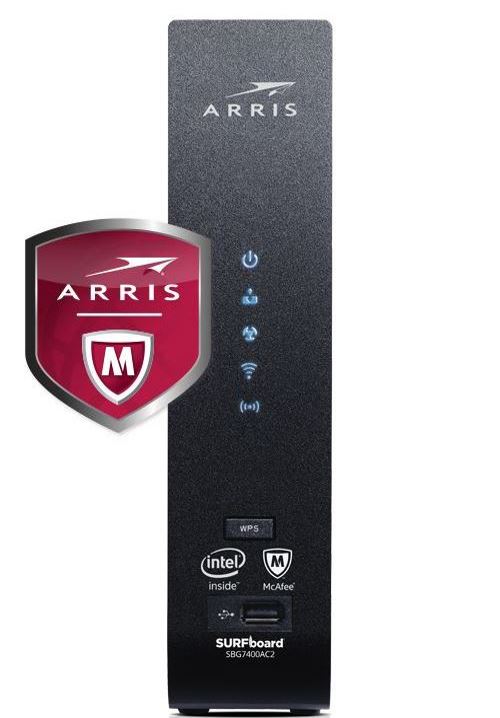

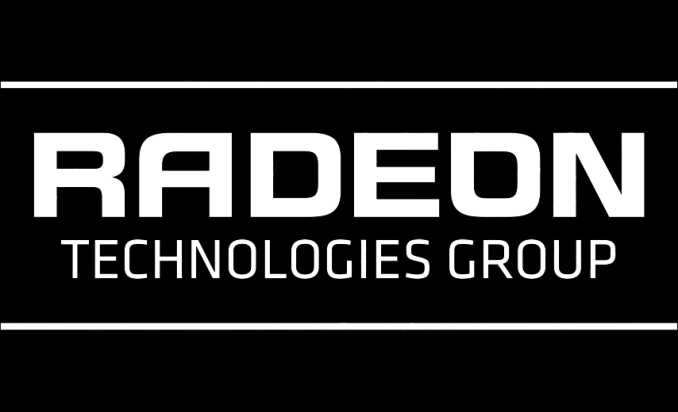

















Bookmarks